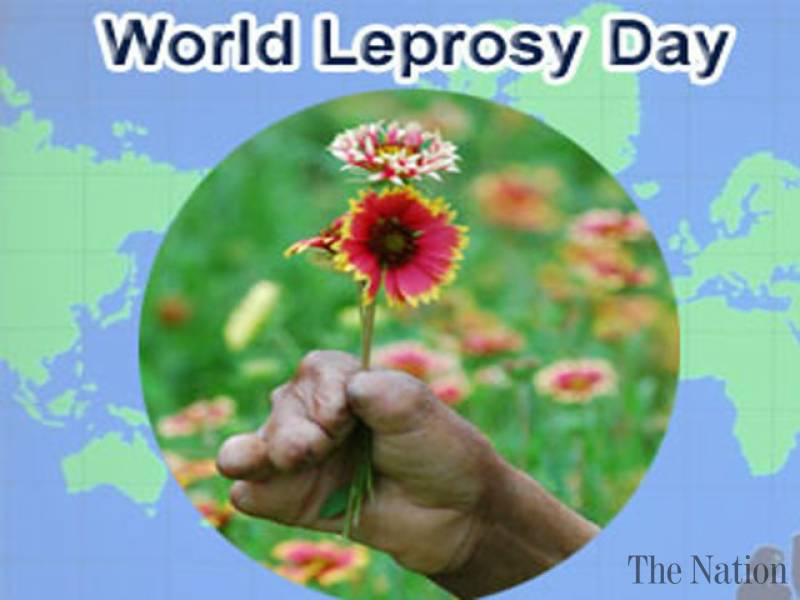 World Leprosy Day is annually observed around the world on the last Sunday of January. The day was initiated in 1954 by French philanthropist and writer, Raoul Follereau, as a way to raise global awareness of this deadly ancient disease and call attention to the fact that it can be prevented, treated and cured.
World Leprosy Day is annually observed around the world on the last Sunday of January. The day was initiated in 1954 by French philanthropist and writer, Raoul Follereau, as a way to raise global awareness of this deadly ancient disease and call attention to the fact that it can be prevented, treated and cured.
About World Leprosy Day
Leprosy is one of the oldest diseases known to humankind. It is also known as Hansen’s disease, named after Norwegian physician, Gerhard Henrik Armauer Hansen, who debunked the prevailing notion of the time that leprosy was a hereditary disease. He showed that the disease had a bacterial cause instead. For thousands of years, people with leprosy have been stigmatized and considered to be at the extreme margins of the society. The aim of World Leprosy Day is to change this attitude and increase public awareness of the fact that leprosy can now be easily prevented and cured.
The date for World Leprosy Day was chosen to coincide with the anniversary of Indian freedom fighter, Mahatma Gandhi’s assassination on January 30, 1948. During his lifetime, Mahatma Gandhi worked tirelessly towards the betterment of people afflicted with leprosy.
Source: Text: timeanddate.com Image: The Nation 60th World Leprosy Day
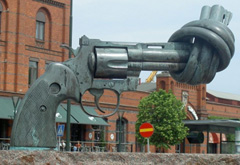 The International Day of Non-Violence is marked on 2 October, the birthday of Mahatma Gandhi, leader of the Indian independence movement and pioneer of the philosophy and strategy of non-violence.
The International Day of Non-Violence is marked on 2 October, the birthday of Mahatma Gandhi, leader of the Indian independence movement and pioneer of the philosophy and strategy of non-violence.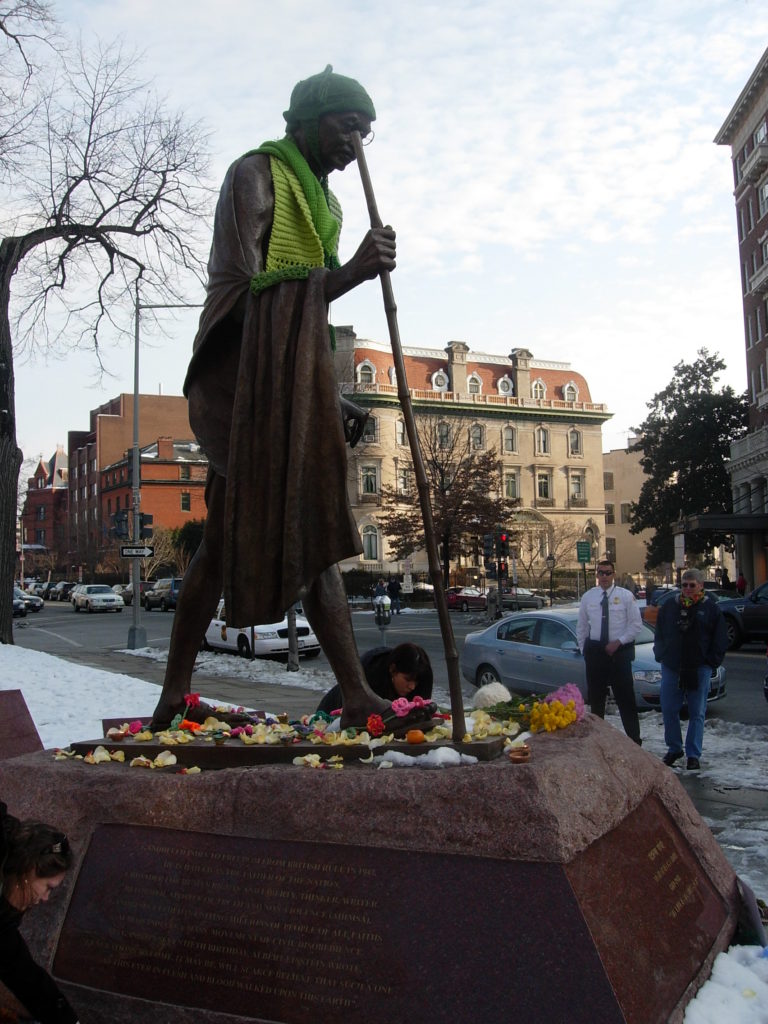 En juin 2007, l’assemblée générale de l’ONU a décidé de célébrer la Journée Internationale de la non-violence le 2 octobre de chaque année, jour anniversaire de la naissance du Mahatma Gandhi.
En juin 2007, l’assemblée générale de l’ONU a décidé de célébrer la Journée Internationale de la non-violence le 2 octobre de chaque année, jour anniversaire de la naissance du Mahatma Gandhi. Leprosy is one of the oldest recorded diseases in the world. It is an infectious chronic disease that targets the nervous system, especially the nerves in the cooler parts of the body – the hands, feet, and face.
Leprosy is one of the oldest recorded diseases in the world. It is an infectious chronic disease that targets the nervous system, especially the nerves in the cooler parts of the body – the hands, feet, and face.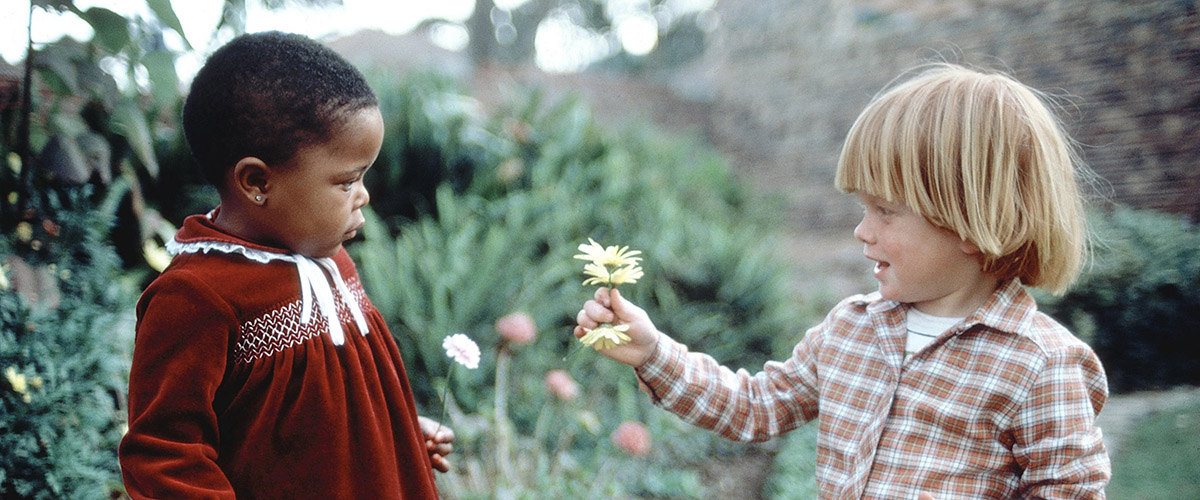
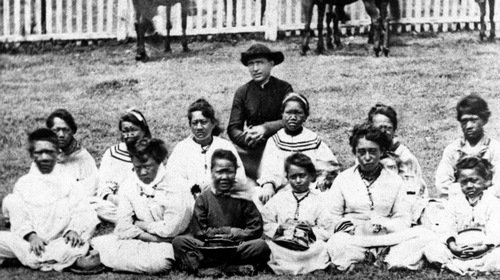 On a picturesque peninsula of one of Hawaii’s smallest islands are the remnants of one of history’s most horrific medical sequesters. Kalaupapa, on the island of Molokai, is Hawaii’s leprosy colony, where 8,000 people were sent into exile over the course of a century. Six of these patients still live sequestered, out of the 16 total patients who are still alive. They range in age from 73 to 92.
On a picturesque peninsula of one of Hawaii’s smallest islands are the remnants of one of history’s most horrific medical sequesters. Kalaupapa, on the island of Molokai, is Hawaii’s leprosy colony, where 8,000 people were sent into exile over the course of a century. Six of these patients still live sequestered, out of the 16 total patients who are still alive. They range in age from 73 to 92.